#the fairytale of a stepmother
Text
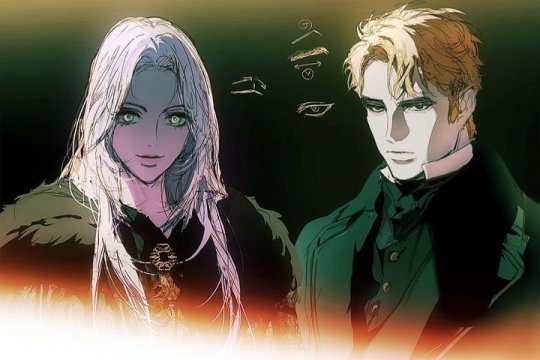
LUDOVIKA & JOHANNES
Apparently the side story that was going to come out on 04/14 will be released on 04/24 and these are going to be about Johannes and Ludovika's past.
I can't wait, I was hoping that the next side story would be about Ludo but I wasn't expecting this, she looks very different than how she is portrayed in the manhwa. I want to know all her past now 😭
#a stepmother's marchen#shuri von neuschwanstein#asm#asm ludovika#asm johannes#Johannes von Neuschwanstein#the fairytale of a stepmother#the fantasie of a stepmother#manhwa
30 notes
·
View notes
Text
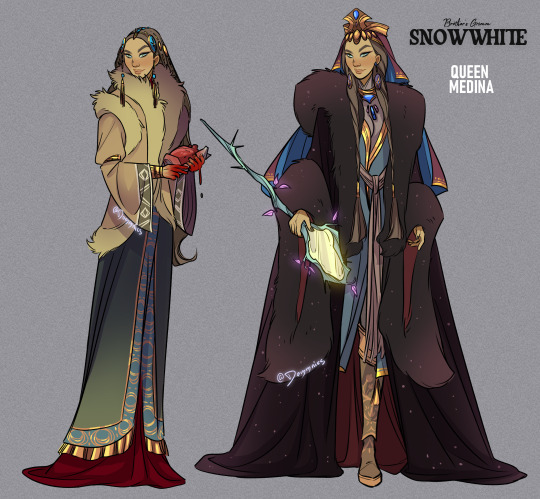
Here's my take on the wicked queen from the Brothers Grimm Snow White to accompany my Snow White design. It took forever to land on colours for the second outfit but I'm actually pretty happy with how these ended up. I gave her a hand mirror, just one out of many mirrors in her possession probably. I also gave her a name for my own headcanon of her.
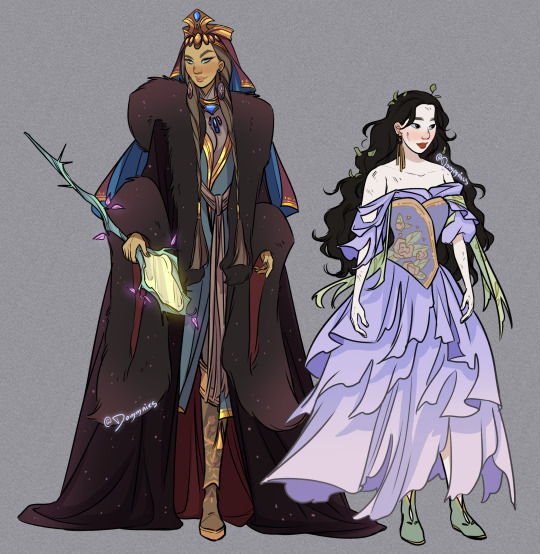
Here's the two together!
--
Check out more of my work on other platforms!
My Instagram -- My Twitter
#snow white#brothers grimm#fairy tales#fairytale#fairy tale#fairy tale art#fairy tale illustration#the brothers grimm#snow white and the seven dwarfs#princess#art#drawing#character design#redesign#dress#queen#evil queen#villains#wicked stepmother#grimms fairytales#literature#children's literature#fairy story#illustration#folklore#book art
298 notes
·
View notes
Text

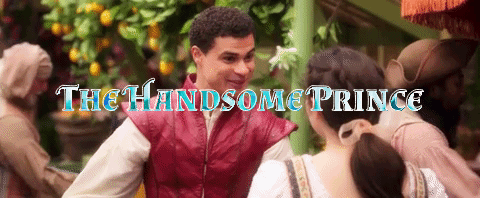
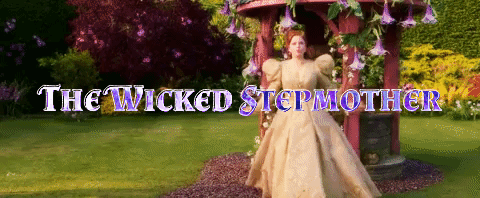
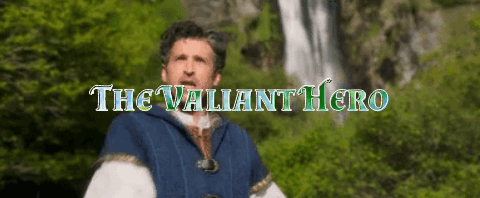
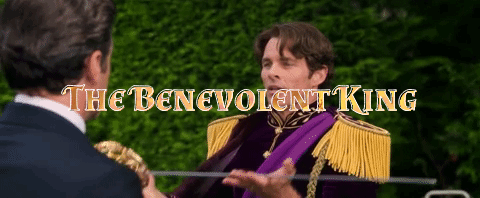

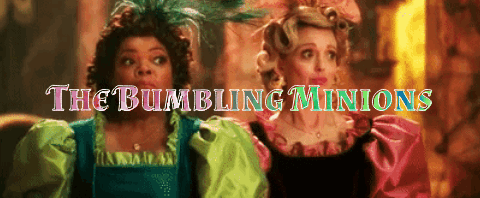

Character Tropes in Disenchanted (2022)
#disenchanted#enchanted#fairytale tropes#tropes#characters#the fair maiden#the handsome prince#the wicked stepmother#the valiant hero#the benevolent king#the evil queen#the bumbling minions#the fairy godmother#amy adams#patrick dempsey#james marsden#maya rudolph#idina menzel
2K notes
·
View notes
Text
I think one of the funniest ways BH could find out about imodna is if Pâté asks in front of everyone if he should start calling Imogen "stepmother"
#critical role#critical role spoilers#cr spoilers#cr lb#laudna#imogen temult#imodna#pate de rolo#they've always had an interesting dynamic#imogen didnt really like him at the beginning but she seemed to like him more after he came to life#but i think the implications of a stepmother is so funny#especially if laudna read a lot of fairytales growing up#but also it would be funny because i think imogen and laudna would immediately start denying that theyre married#and that would be the perfect moment for someome to say they thought imodna had been married the whole time#(preferrably FCG or Fearne)
246 notes
·
View notes
Text
I’ll give you guys my number one reason why I think the Stepmother is a Warlock whose patron is Rumplestilskin just to prove this isn’t a crackpot theory:
1. The loss of her name.
Idk if any of you guys have read Rumplestiltskin, but that story perfectly details the power of names. After all, knowing his name is the only thing that allows the Miller’s Daughter to break the curse.
And so when I heard Donal go “she had a name before that but now none of us can remember what it was” my mind instantly clocked Rumplestiltskin as her potential patron. The Stepmother clearly wanted some form of power after seeing what the Fairy Godmother did to Cinderella and I think cannibalizing her daughters—her firstborns—was the key to calling him forth and asking for that power. In exchange, she had to shed her name the way Rumple did.
Because as we saw from Pinocchio’s flashback…names have power. And often times in fairytales especially, they’re used to break curses and stop the bad guys.
So yeah, the Stepmother is absolutely a Warlock of Rumplestiltskin, or at least was granted power by him or through him.
#neverafter#neverafter spoilers#rumplestiltskin#the stepmother#pinocchio#I refuse to believe rumple isn’t the big bad#it just can’t be true#he has to be#also as much as I loved the fucked up mice and the fairy godmother being awful#I miss the original version of the Cinderella fairytale cause it’s depressing as hell
264 notes
·
View notes
Text
ROUND 1C, MATCH 1 OUT OF 8!
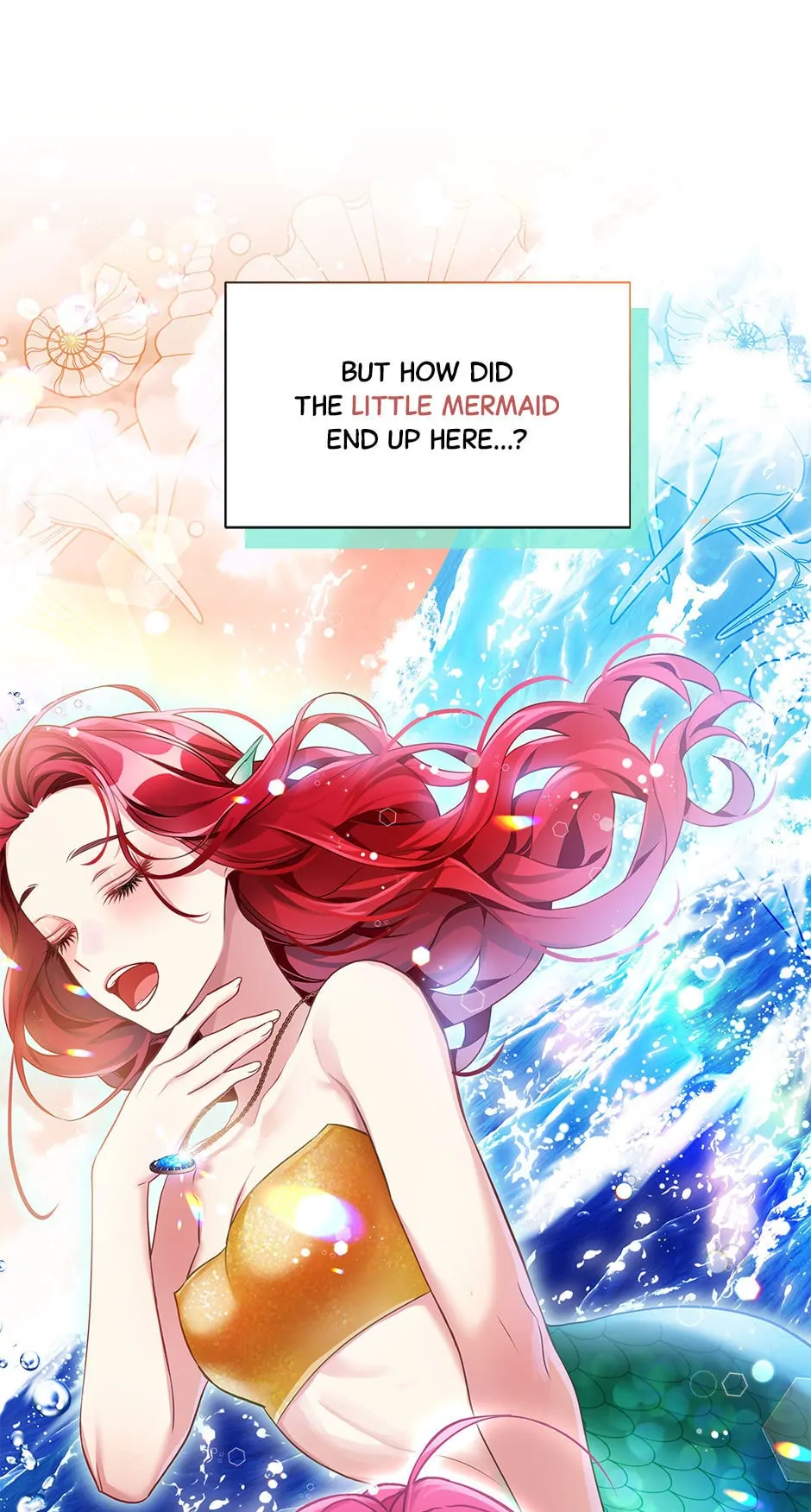
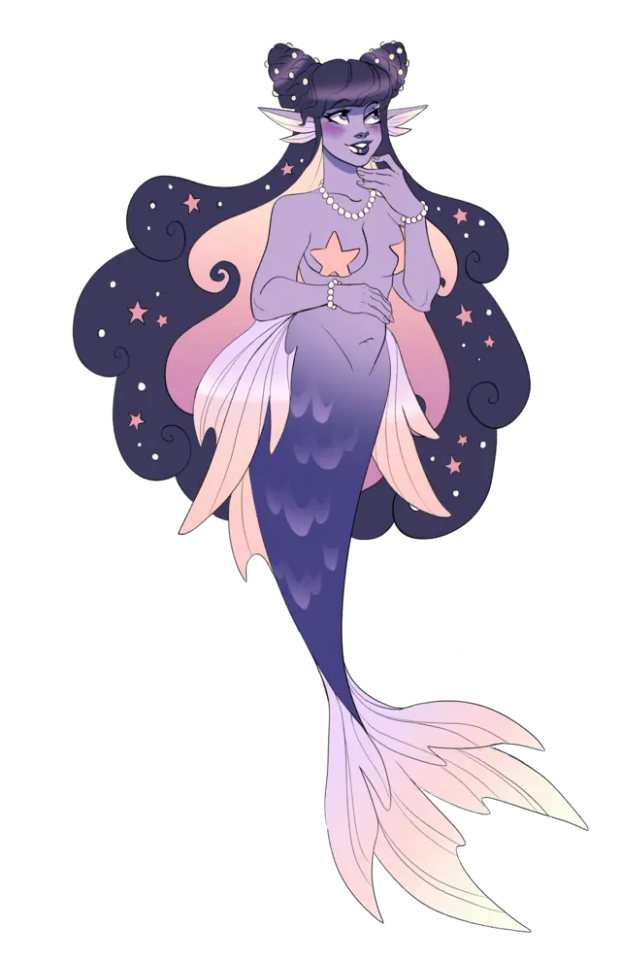
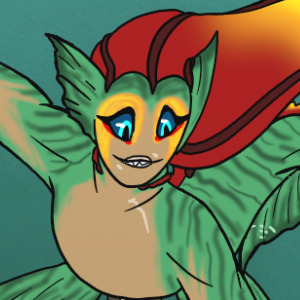
*This comic has two titles: "Not-Sew Wicked Stepmom" and "I'm Only a Stepmother, but My Daughter is Just so Cute!" Both are tagged, though only one appears in the poll options.
Propaganda Under the Cut:
Nadia:
Snow White's stepmother is moving towards a happy ending, but will her happily ever after be dooming Nadia to be foam?
Aurelia:
Based heavily on the original tale but she never dies (or even gets legs) and instead basically becomes an anthropologist.
Aries:
She takes the role of Ariel but is much stronger and self sufficient, and is more fish than any other adaptations I've heard of
#not sew-wicked stepmom#i'm only a stepmother but my daughter is just so cute#forever after#the mermaid scorned#nadia#aurelia#aries#webtoon#little mermaid#the little mermaid#fairytale#hans christian andersen#poll tournament#poll bracket#character polls#polls#round 1#round 1c#the little merpoll
15 notes
·
View notes
Text
I was reading “Contes de loups, contes d’ogres, contes de sorcières: La fabrique des méchants” by Eva Barcello-Hermant (Tales of wolves, tales of ogres, tales of witches: The making of villains).
It is not the best book by far - it is not a scientific book, it is not a true literary study, it is more of a sociology-psychology book looking at the state of fairytales among youth literature today and how villains are received today in young literature.
But it still has a few interesting things. For example, Barcello-Hermant’s classifies the fairytale villains as they are received and perceived today in four categories.
1) The Wolf
Barcello-Hermant spends a LOT of time talking about the Wolf, or the Big Bad Wolf, who is according to her one of the most iconic and widespread villains of fairy tales today. Though she does recognize that this is particularly true in France - while fairytales of other countries tend to have different wild beasts. She reminds people that the Vietnamese version of Little Red Riding Hood has a bear instead of a wolf, while in a Louisiana version of “The goat and her seven youngs” it is an alligator that preys on the titular characters. (Personally I also know of other replacements for the wolf - for example how in an Asian version of Little Red Riding Hood it is a tiger that preys on the little girl and her parent figure ; and in the older English version of The Three Little Pigs the predator is a fox, not a wolf).
2) The Ogre
If you have been following my “What makes an ogre?” series you’ll know the ogre is as iconic as it is complex and nuanced, and far away from the image we have today of just “an orc by another name”. But given this book is about modern literature and the reception of fairytales today, it presents the ogre with its numerous misconceptions: Barcello-Hermant notably explains that the giant and the ogre are just two side of the same coins, and she also places in the category “ogre” the trolls of Nordic tales, as well as the Bluebeard-type of characters. I do not agree with that in principle, but it is true that in today’s world, the ogre, the giant and the troll tend to be fused and confused together as the “ugly, stupid, man-eating giant”
3) The Witch
Barcello-Hermant recognizes that the witch is not a traditonal fairytale villain of French fairytales - in the tales of Perrault and others, it is rather the evil fairy/wicked fairy/old fairy that fulfills the role of the malevolent female wielder of supernatural powers. But the witch is still one of the key antagonists of fairytales today, herself divided into two sub-types. On one side, the hag, the old woman who lives alone in the depths of the wood - the Hansel and Gretel type of witch. On the other hand, the young and beautiful witch who seduces people and usually enters the household of the protagonist - the “Snow White” or “The Six Swans” type of character.
[ Fascinatingly, if you recall my posts about Benjamin Lacombe’s Grimoire of witches, it is precisely the two fairytale witches he picked up for his portraits - on one side the Hansel and Gretel witch reimagined as a mad sorceress of the Hundred Years War ; on the other the Snow-White witch reinvented as a narcissistic serial killer of the Renaisance].
4) The wicked woman / or the wicked family
In this category, Barcello-Hermant places the evil female antagonist that are not supernatural in nature, and that usually are part of the protagonist’s family. It is the wicked stepmother, the evil sister, or the perverse mother: the type of antagonists we find in “Cinderella” or “Toads and Diamonds”. Though Barcello admits that this category tends to bleed into the others, as the wicked stepmother can become a witch (like in Snow-White) the same way the evil mother-in-law can be revealed as an ogress (like in Sleeping Beauty).
51 notes
·
View notes
Text
Everyone Introduced in Dimension 20′s Neverafter episode 2
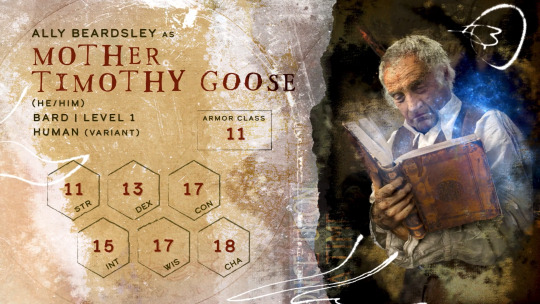
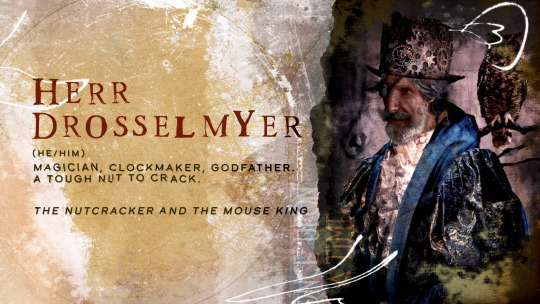

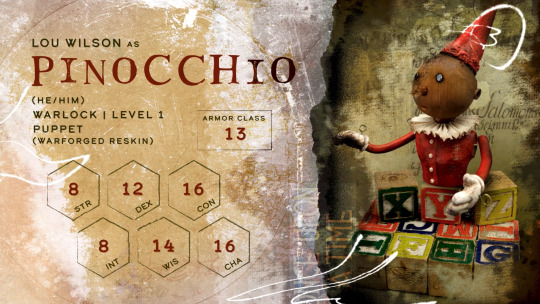





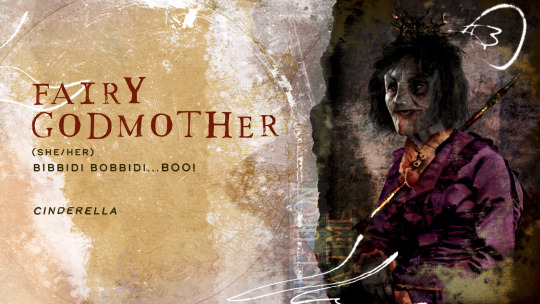
#dimension 20 spoilers#dimension 20#d20 introductions#neverafter#neverafter spoilers#i feel like i gotta do better to get a full view of the map sometime......#MAN i feel like such a baby getting so easily spooked by the camerawork and spooky voices and everything#VERY much appreciate the CWs listed in the description though very thankful for that#mannnnn i'm also feeling so stressed about the stepmother........ what the FUCK oh GOD don't get CAUGHT i'd felt some personal things there#also very thankful for the transformation warnings as well. i won't elaborate further#spoooooky spooky things......#also oh my god the glass armored knight was DEFINITELY cinderella#it took me a little bit to put together but i did...... i wonder if the other 'sisters' mentioned are OTHER fairytale princesses out there..#mannnnnn how am i going to survive TWENTY episodes of this#wish me luck
83 notes
·
View notes
Text
I always felt blaming Snow White the character (especially both her Disney iterations and the Brothers Grimm fairytale) for her fear in the forest is just. Unimaginably silly considering both iterations make a point of telling us she is a child. And considering what context the connotations offered to that term by the fairytale genre, plus the fact Snow White is able to marry by the end of her tale, it really sheds some light on the fact that like. for the majority of her story she’s straddling the line between child (not legally eligible for marriage) and adult (legally eligible for marriage) as defined by the traditional fairy tale genre, which makes her very young.
#there’s also a very present thread within Grimm’s version where beauty both shields and endangers a young maiden#*because* of the link it has to marriage#the huntsman will not strike her down because she is too beautiful#her stepmother feels threatened by her beauty being surpassed#and the Disney iteration specifically includes the subtext of Snow White’s beauty surpassing the queen being ALSO the thing that#enraptures the Prince - thus presenting a very present threat to her rule (note that she is a singular ruler at this time) as with#Snow White’s marriage her husband would take up position of King#plus again! all the additional context and subtext in Snow being the child of the original queen#and the stepmother having no heir of her own#and it being very common at that time for women to die in childbirth - leaving the replacement wife with the struggle of ensuring her place#(and the place of any children she bore) in the line of succession#but the only way Snow would ever approach that now in a sanctioned manner by the fairytale is through marriage#tunes titters
10 notes
·
View notes
Text
Ok
It’s been less that a day since I finished all the currently out chapters of a stepmothers marchen
And me and my friend went into a discussion
#manhwa#a stepmother's marchen#roxana#how to protect the female leads older brother#the way to protect the female lead's older brother#a stepmother’s fantasie#a stepmother’s fairytale#historical romance#historical manhwa
4 notes
·
View notes
Text
I love that Ludovika was a very different woman than Shuri and has a dark side, I just hope the manhwa dosen't treat it in a misogynistic way.
But I want to say that I hate when people say "I'm glad she's someone interesting and not boring."
I just want to say that being good doesn't mean being boring 🙏 you can be interesting and good.
And if you mean that you're happy that Ludovika wasn't treated in such a flat way and they just made her the purest-than-holy-water type of woman, then yes, I agree.
#asm#a stepmother's märchen#manhwa#the fairytale of a stepmother#a stepmother's fairy tale#shuri von neuschwanstein#empress ludovika
2 notes
·
View notes
Text
No one ever tells you
how death too
is a form of betrayal,
Nikita Gill, Fierce Fairytales: Poems and Stories to Stir Your Soul: The Stepmother’s Tale
#Nikita Gill#Fierce Fairytales: Poems and Stories to Stir Your Soul#Fierce Fairytales Poems and Stories to Stir Your Soul#Fierce Fairytales#The Stepmother’s Tale#quote#quotes#poetry#poetry excerpt#poetry excerpts#poem#poem excerpt#poem quote#poem quotes#poetry quote#poetry quotes#death
9 notes
·
View notes
Text
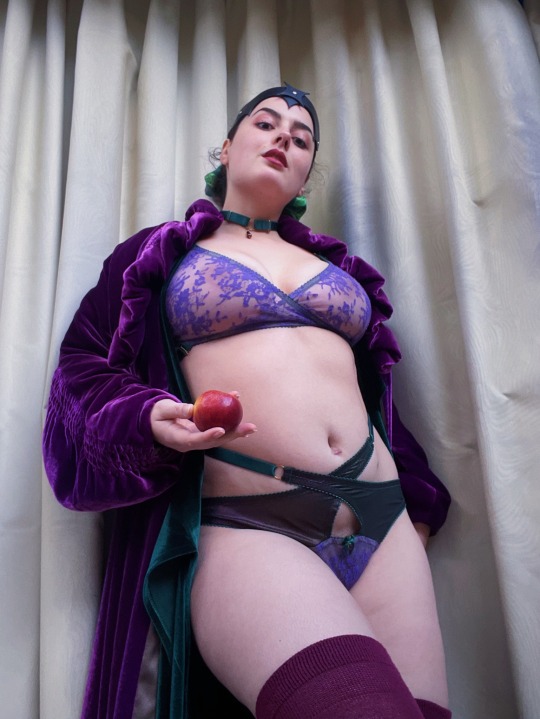
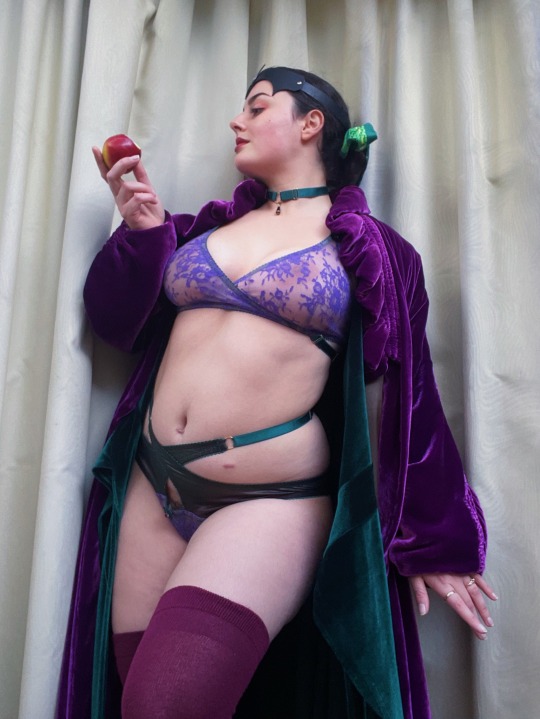
What’s the matter, Snow White? You only took a single bite. 💋
#evil queen#wicked stepmother#snow white#dark fantasy#dark fairytale#she’s a bitch she’s a boss#back on my evil queen bullshit
8 notes
·
View notes
Text
Wow I can’t believe Brennan Lee Mulligan invented Once Upon a Time (2011-2018)
#neverafter#dimension 20#the combining of the fairytales and the merging of family trees is giving me too many flashbacks#like this really is just OUAT but rated r for horror#probably why I like it so much#the stepmother being both the evil Queen and the mom from Cinderella?#rosumund being biologically related to like all the Disney princesses in theory?#a magical storybook that writes the fairytales the way they were meant to be written with a happy ending but secretly hiding smth sinister?#it’s all right there#the nature of the world is every so often someone reinvents once upon a time again
70 notes
·
View notes
Text

So that must be the theory behind the educational system
3 notes
·
View notes
Text
So I was inspired by this great answer by @ladyalianora on the Wicked Stepmother Trope, and I would like to add one more thing to this discussion (which is essentially a repetion of this post of mine). So ladyalianora's main points are 1) The Wicked Stepmother Trope is a reflection of very real life situations (correct) and 2) what's ultimately more important is to create consistent characters, not deconstructing tropes (also correct). I would like to add one more thing to this. Let's suppose for a moment that the Wicked Stepmother Trope is indeed problematic and has a misogynistic nuance okay? Let's begin this discussion with this assumption, which is correct anyway.
In that context, deconstructing the Wicked Stepmother Trope is fine on one condition: that you know exactly what you are a deconstructing, and that it fits. And that entails perfect understanding of the two women that participate in this dynamic : the Wicked Stepmother Trope (in its misogynistic version, the one we find problematic and want to deconstruct) exists only in parallel with the poor innocent fairytale heroine. Not by itself.
If you want to deconstruct the Wicked Stepmother Trope, you have to be sure that there is a proper Wicked Stepmother Trope to begin with in the source material. If it exists, you also have to make sure that the Wicked Stepmother Trope isn't already deconstructed in the source material. Which is EXACTLY the case in Fire and Blood.
There is no Wicked Stepmother resembling Cinderella's stepmother in Fire and Blood, for the simple reason that there is no Cinderella héroïne. What is a Cinderella héroïne : a passive, innocent, purely reactive girl, that patiently suffers and awaits for her Prince (a man) that will save her from her evil Stepmother (a woman). All these elements need to exist in order to talk about a proper Wicked Stepmother Trope. It's the antithesis of the willful and driven woman that is punished in the end Vs the passive perfect feminine figure that is rewarded in the end, that gives the Wicked Stepmother Trope the misogynistic nuance it has.
Now back to Fire and Blood. Well, Rhaenyra isn't a Cinderella character at all. She is willful, she's radical, she claims her birthright, she makes mistakes, she dares, she goes against the system. She fits the stepdaughter role, and she too has a dashing Prince that tries to save her. Except that he doesn't. He dies, and so does she, horribly. She is not rewarded by patriarchy for her youth, beauty and submissiveness (very important factor if we wanna talk about misogyny in fairytales). Quite the contrary, SHE is punished by patriarchy. Alicent fits the stepmother role, except that she doesn't fit the misogynistic Wicked Stepmother Trope because her punishment does not constitute an exemplary punishment for NOT being a Cinderella type of female. It's this juxtaposition to Cinderella that makes the trope misogynistic to begin with.
If anything, the Wicked Stepmother Trope is ALREADY deconstructed in the source material. By not respecting that, the writers achieved of course the contrary result : a deeply misogynistic narrative. Rhaenyra is basically a whore. The entire Dance stems from the fact that Rhaenyra had extramarital sex and that's it. That's literally it. The main antagonist was reduced to a rape victim, and had no ambition whatsoever. Since Rhaenyra wasn't a rape victim and had sexual freedom, morally she comes across as more ambiguous than the pure one dimensional victim that show!Alicent is. Rhaenyra had a choice, Alicent doesn't. So yeah the whole BS that both women are equally victims of patriarchy comes at the expense of the actual female protagonist, that was proactive, willful, with agency: Rhaenyra.
So yeah, actual Wicked Stepmothers existed in history. It's not misogynistic to point that out, it was a real social problem, created by real social and historical factors, as ladyalianora and her anon point out. Book!Alicent mirrors this issue precisely. But she in no way fit a stereotypical misogynistic Wicked Stepmother Trope, a trope whose main goal is to reward submissiveness and punish willfulness. It's already deconstructed in the source material. The author did all the work, all they had to do is copy it for christ's sake.
#wicked stepmother trope#cinderella#i still love cinderella fairytale i don't care tho#fire and blood#alicent hightower#rhaenyra targaryen#ladyalianora#hotd#house of the dragon#grrm#misogyny
12 notes
·
View notes